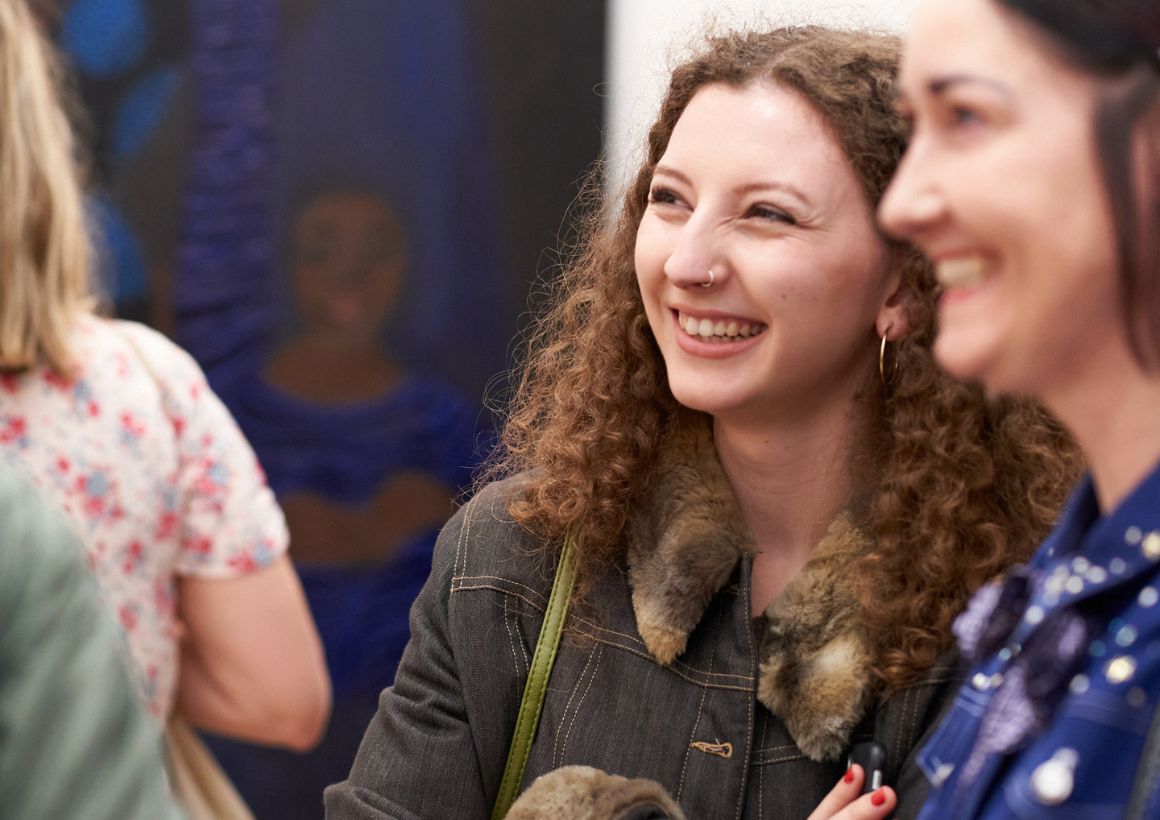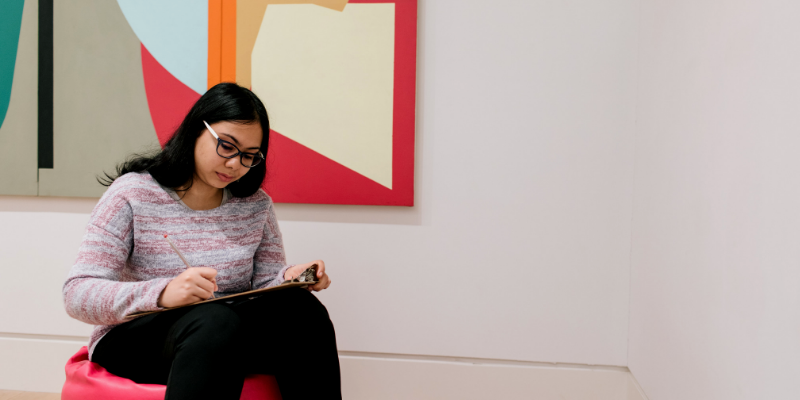Lobsters, lovers and fools: marks in the margins of an early printed book

- Date: Wednesday 16 November 2022, 13:00 – 14:00
- Location: Treasures of the Brotherton Gallery
- Cost: Free. Book online here
We are encouraged not to write in library books, but what can doodles in the margins tell us about who owned them and how they were read?
In the 1540s, Oswald, a young student at the University of Ingolstadt in Germany doodled and scribbled on the pages of his books. He wasn’t the first to do so, or the last, and left us evidence not only of his sense of humour and skills as an amateur artist, but of his reading habits and attitudes to the poetry he was annotating. Some of his drawings are funny, some are erotic, others are scatological - what was he trying to do? Why? And for whose benefit?
The book in which he left his marks was one of the earliest printed editions of the complete works of the ancient Roman poet Ovid. Ovid’s works were, in this period, widely used in school and university education because of their value as sources for the study of the Latin language and of ancient myth and history. They were also enjoyed beyond those settings by readers attracted by Ovid's humour, his irreverence, and his frank treatment of love and sex. In Oswald we find a reader attuned to institutionally endorsed modes of reading, but one who is also clearly entertained by and responsive to the more controversial - and funny - elements of Ovid’s poetry.
Join Dr Paul White (Associate Professor of Classics, University of Leeds) and Rhiannon Lawrence-Francis (Special Collections Curator, University of Leeds Libraries) to learn more about the man behind the markings and all the other people through whose hands these remarkable books have passed since they were printed in 1477.
Discover why early printed books, even if they survive in multiple copies, have features that make them unique, what this means for their cataloguing and curation, and what we can learn about the people who owned them.




